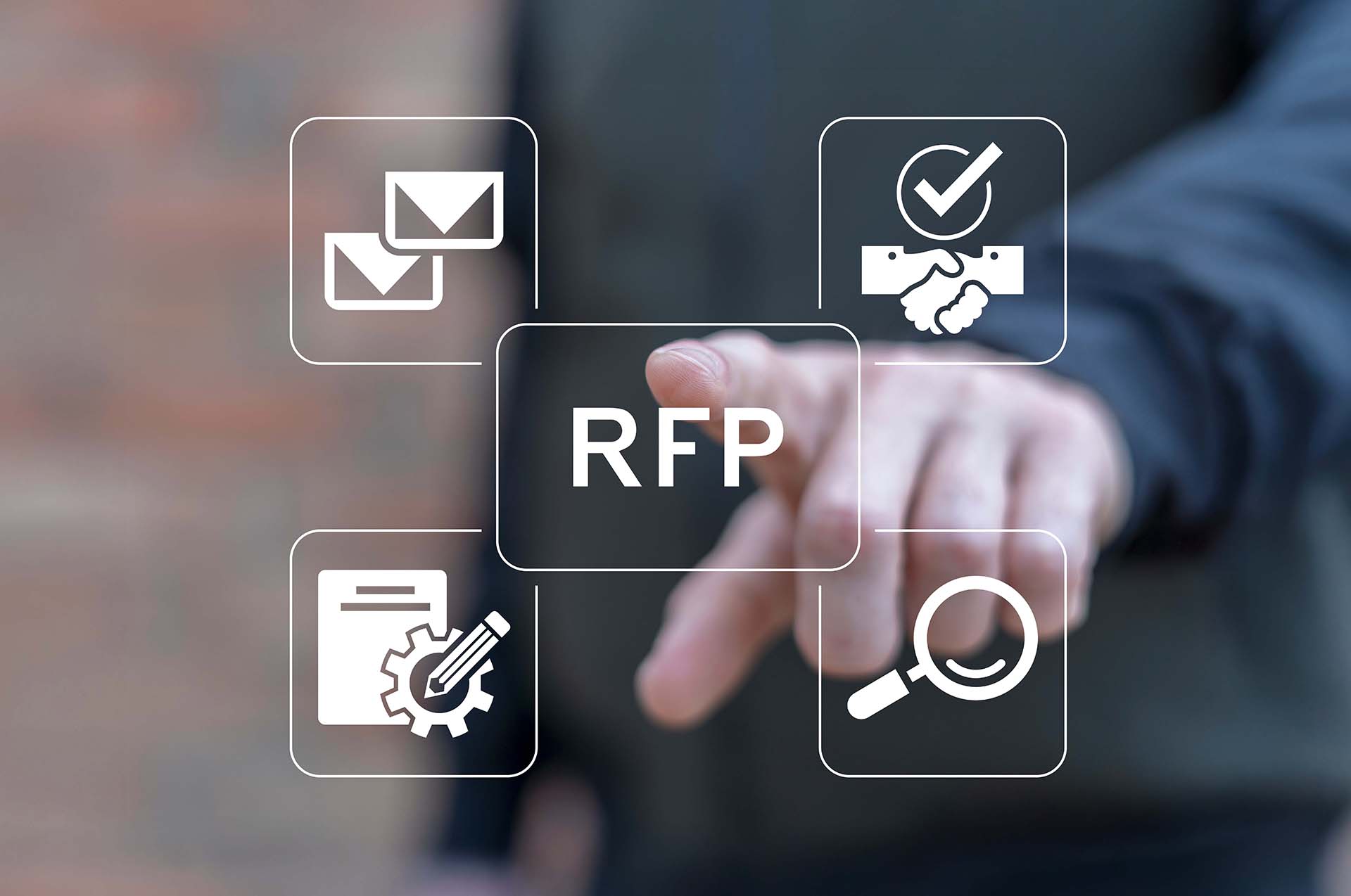RFP responses can be overwhelming with tight deadlines, scattered content, and pressure to win deals. This wastes time and risks inconsistent answers, costing opportunities and profits.
A modern, AI-first approach fixes that by automating repetitive tasks, centralizing knowledge, and producing accurate, on-brand answers faster. For many teams, tools such as rfp management software act like an intelligent assistant that pulls from your documents, past replies, and systems to draft responses that require minimal human editing.
In this blog, we’ll explain why rfp software matters for US-based B2B tech, cybersecurity, and SaaS teams, list the concrete benefits you can measure, show how AI changes the process, and give practical guidance for picking and rolling out a platform.
Why RFP Software Matters for Your Team
When you work at the mid-market or enterprise level, volume and complexity rise fast. You likely juggle RFPs, RFIs, and security questionnaires that overlap but have different formats. Manual approaches create gaps:
- Duplicate effort across teams,
- inconsistent or outdated messaging,
- Slow approvals that miss deadlines,
- Risk from incomplete security or compliance answers.
A focused rfp software platform centralizes content, tracks tasks, and gives you a single source of truth. That reduces manual search time and lowers the chance of conflicting answers. Real-world users report faster cycles and clearer collaboration after adopting modern tools.
Core Benefits of Using RFP Management Software
Here are the concrete advantages you should expect when you adopt rfp software. These items reflect common capabilities across the leading platforms and the outcomes buyers report.
- Faster response times: Auto-suggest and auto-fill answers from a verified content library, so you spend less time writing. Teams report significant time savings when repetitive sections are prefilled.
- Better content control and versioning: Centralized repositories enable you to mark canonical answers, tag by product or compliance standard, and track who last edited. That reduces contradictions and legal risk.
- Higher win rates and more opportunities: With faster turnarounds and consistent messaging, teams can submit more proposals and add personalized touches where they matter. Industry benchmarks show measurable uplifts in submissions and win percentages after automation.
- Improved handling of security questionnaires: Security and compliance questions are often long and technical. RFP platforms that support security questionnaire workflows save time and reduce exposure by reusing validated answers.
- Clear workflow and approval tracking: Built-in review queues, role assignments, and reminders shrink approval bottlenecks and make deadlines visible across teams.
- Integrations with your stack: Connectors for drives, CRMs, and collaboration tools reduce copy/paste and keep content current across systems.
How AI Changes RFP Response Work
AI isn’t about replacing subject matter experts. It’s about reducing low-value work so your experts can focus on strategy and customization. Key AI-driven capabilities worth evaluating:
- Intelligent answer drafting: AI reads the RFP or questionnaire and proposes answers from your knowledge base, significantly reducing first-draft time.
- Context-aware suggestions: AI can surface the most relevant past responses based on question phrasing and the document section.
- Continuous learning: the system learns which edits win deals and adapts suggestions to match your tone and accuracy needs.
Practical outcome: teams that use AI-assisted response tools can complete more RFPs with fewer people and keep higher quality control over every reply. Benchmarks from product vendors and industry reports show sizable time savings and improved win rates after adding AI capabilities.
What to Look for When Choosing RFP Software
You want a platform that fits how you work, not one that forces you to change everything. Focus on these requirements:
- Strong content management features include searchable libraries, tags, approvals, and version history.
- AI that reads your sources: ability to pull from Google Drive, SharePoint, your website, and CRM, so answers reflect current facts.
- Security and compliance features include role-based access, logs, and SOC/ISO posture, which are particularly important if you handle sensitive vendor or customer data.
- Workflow and collaboration tools: comments, assignments, approval gates, and export formats that match common procurement needs.
- Integrations and import/export options: CRM, Slack, document storage, and reporting tools.
- Reporting and analytics: time saved, win rates, and answer reuse stats help you prove ROI.
Quick Checklist for a Smooth Implementation
Use this short plan to avoid common pitfalls when you deploy rfp software:
- Start with a pilot team that handles typical RFP types.
- Migrate and curate your best past answers into the content library.
- Define roles: content owners, approvers, and reviewers.
- Train the AI on your verified sources so suggestions match your voice.
- Implement a governance rule that final approval still rests with a named subject matter expert.
- Track metrics from day one: time per response, number of proposals, and win rate.
Example Feature Set to Prioritize
- Auto-extract questions from PDF/Word RFPs.
- AI draft answers linked to source documents.
- Reusable answer library with tags and trust score.
- Security questionnaire templates and mapping.
- Approval workflows and audit logs.
- CRM and drive integrations.
- Reporting dashboard for response KPIs.
Expected Impact: Real Numbers You Can Plan Around
Vendors and benchmark reports offer several consistent figures you can use for forecasting:
- Time savings: many teams report halving the drafting time or better once core content is in place.
- Increased throughput: Proposal teams that automate their submissions receive more responses, freeing capacity to customize high-value sections. One report showed a 43% increase in submitted proposals for teams using automation.
- Win rate lift: organizations have reported double-digit percentage increases in win rate after adopting AI-assisted platforms and tightening content controls.
Common Objections and Short Answers
- “We don’t have the time to migrate content.”: Start small with your top 20% of high-value answers; migration can be incremental.
- “AI will give wrong answers.”: Use AI as a first draft and keep a human approval gate to validate accuracy.
- “Security concerns.”: Pick a vendor with enterprise-grade controls and audit trails, and connect only the sources you trust.
Conclusion
Suppose you lead proposals, solutions engineering, or compliance at a growing tech, cybersecurity, or SaaS company in the US. In that case, RFP software can streamline routine tasks, mitigate risk, and enable you to focus on the key elements that drive business success.
Begin with a brief pilot that incorporates your standard RFP types and security questionnaires, tracking time saved and changes in win rate, and then expand from there. Authentic vendors combine content management, workflow, integrations, and AI to speed your responses while keeping quality high.
If you’re looking for a practical next step, consider a demo with a vendor that offers AI drafting, deep integrations, and security questionnaire support. This allows you to test the fit with your existing content and review cycles.





